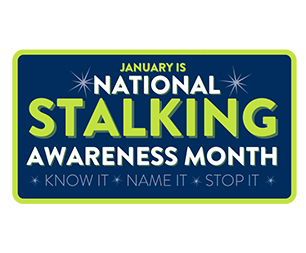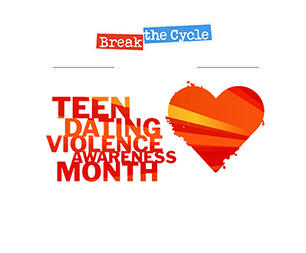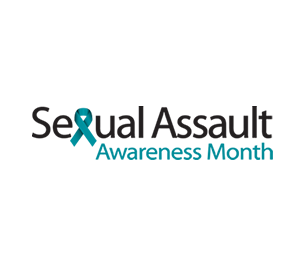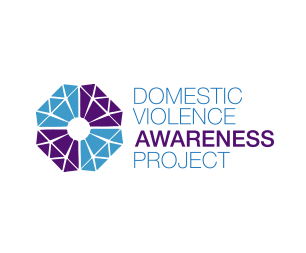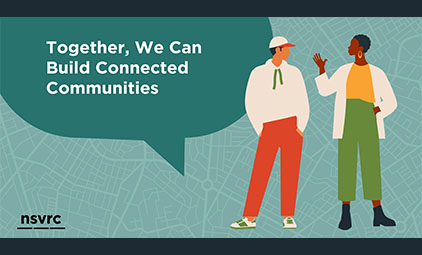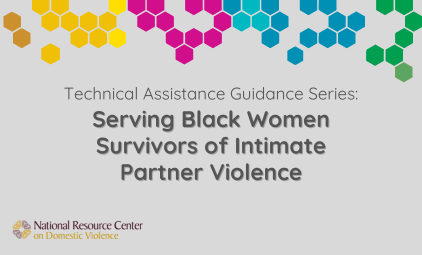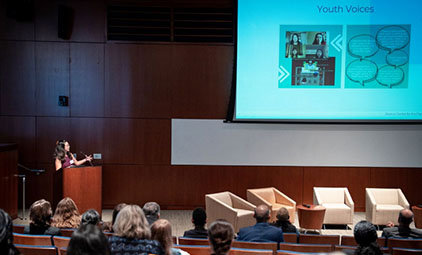![]() YWCA’s across the country have long promoted the mantra, “Eliminating Racism, Empowering Women.” True to the mission of eradicating the root causes of sexual and domestic violence, this organization recognizes the intersections of oppression and uses education to disrupt harmful institutions. In addition to providing services, support, and shelter for women and children who experience gender-based violence, many local centers offer study circles for anti-racist activists. The YWCA even offers an anti-racism toolkit to help support these efforts. Recently, a prevention educator from a local center asked about how to adapt this model to hold a similar group on anti-sexism.
YWCA’s across the country have long promoted the mantra, “Eliminating Racism, Empowering Women.” True to the mission of eradicating the root causes of sexual and domestic violence, this organization recognizes the intersections of oppression and uses education to disrupt harmful institutions. In addition to providing services, support, and shelter for women and children who experience gender-based violence, many local centers offer study circles for anti-racist activists. The YWCA even offers an anti-racism toolkit to help support these efforts. Recently, a prevention educator from a local center asked about how to adapt this model to hold a similar group on anti-sexism.
 We loved this idea! Sexism plays a huge role in creating a rape culture – one that condones violence against women. Sexist perceptions can also make it very difficult for a person to seek help. Some research has shown that learning about and discussing gender can reduce sexist attitudes (Jones & Jacklin, 1988). To help out in this venture, we agreed to gather readings and topic themes for an anti-sexism study circle.
We loved this idea! Sexism plays a huge role in creating a rape culture – one that condones violence against women. Sexist perceptions can also make it very difficult for a person to seek help. Some research has shown that learning about and discussing gender can reduce sexist attitudes (Jones & Jacklin, 1988). To help out in this venture, we agreed to gather readings and topic themes for an anti-sexism study circle.
Setting the groundwork: It’s important to spend some time preparing your group for the conversations that will develop. Planning the logistics for a study circle usually happens long before the first meeting. Setting the groundwork actually refers to the way your circle will dive into the subject. Study circles should be a safe space for learning and growing. Determining some group objectives and ground rules in the beginning can help to guide readings and build your group’s commitment to the subject. Select readings carefully, in a way that provides some foundational knowledge for group members. We like “The lie of entitlement” by Terrence Crowley (1993) to start some rich discussion.
Exploring internalized sexism: We live in a society and culture built upon sexist ideas and traditions. As we grow up, some of these elements influence the way we understand ourselves, others, and the way society works. People who are interested in the study circle probably have some awareness of sexism already. However, we can all do more to explore the ways this institution influences our thoughts, feelings, and reactions. Consider an exercise in your circle that allows for personal reflection and inventory on internalized sexism. Reading about the experiences of other anti-sexist activists in addressing internalized sexism may also be useful. Incite! produced a zine on confronting intimate violence within activist communities called The Revolution Starts at Home. Readings from this zine may provide context for discussing how we can recognize and unpack internalized oppression even as activists striving for anti-sexist enlightenment.
Meet at the intersections: Anti-sexist work is anti-oppression work. Keep this in mind and incorporate voices that discuss the ways that all forms of oppression overlap. Audre Lorde provides amazing insight into this idea in her essay, “The Master’s Tools Will Never Dismantle the Master’s House.” To drive this point home, an activity like Level Playing Field can help to bring some perspective to this issue.
Study to Action: Moving learning to praxis is central to feminist and anti-sexist work. Offering some examples of ways that others have moved their work forward through readings is one strategy for sparking the discussion on next steps. “Is Feminism Men’s Work Too?” discusses the work and approach by the youth-serving organization Brotherhood/SisterSol and the way founders understand their roles in ending sexism. In an experimental approach to transformative justice, a group of men used a study-into-action group to launch the Challenging Male Supremacy Project and provided reflections on this journey.
These are just a few ideas on how to plan for an anti-sexism study circle. We’d love to hear more about readings you love or themes to ponder. What would you include in planning a circle?










